Question
 Koi Pond in Progress -
Koi Pond in Progress -
I live in Northeastern Ohio, near Cleveland and currently I have 2 Koi Ponds.There is a smaller shallow pond that I took out of operation for the winter, for fear of serious fish loss. And I also have a koi pond that is approximately 15,000 gallons, 6 1/2 feet deep with a 2 1/2 shelf running around the perimeter. We run an aereator year round that consists of 2 plates with 2 stones on each plate. I am fairly new at this concept with this size of pond. I have had much smaller ponds in the past, but I had always brought the fish inside for the winters. I have well over 100 koi and comets in sizes varying from 4-24" long in this particular pond. Under the advice of my local Pond Supplier, I moved the deepest air plate up closer to the surface of the pond (it was at the bottom) so it is now on the shelf (2 1/2') this past fall. They said that I did not want to mix the colder and warmer water together, so I should move the deepest plate. Which in my readings made sense. Now I am not so sure and a little discouraged, as I have had 12 fish float up to the surface in the past few days. I did have a leaf issue this fall, so I know there is definately some at the bottom of the pond. I did add the Microblift winter pond care kit in the monthly increments as advised on the box, hoping to displace some of the nasty rotting going on down there. So I guess what I am trying to ask is was I given the correct information to move that plate? Should I have left it down at the bottom of the 6 1/2' pond? What is the "normal" fish kill rate for over-wintering a pond? When should I start feeding these guys again? When should I put my pumps back in? Any other advice???? I just have been getting so many conflicting answers I don't know what is "right". The worst part is, most of these koi made it through a month in a swimming pool while the large pond was being finished and I did not lose even one! I had one commit "suicide" after they were moved into the completed pond and that has been it, until now.....
What should I do next??? Thanks in advance for your advice! - Kym
AnswerI've never heard about not wanting to have the cold and hot water mix. It seems to me that cold and hot water will naturally mix due to heat transfer, a property of thermodynamics.
If I understand correctly, you have removed the pump from the large pond too. Do you typically have the water flow travelling through some sort of biological filter? A skimmer or a reservoir with bio-media? If this is the case, you have cut off your load handling capacity that you gained through the summer. This is often the cause of winer fish death, but it's not necessarily what you're dealing with right now. So we'll continue just in case...
It is usually good (per your dealer's advice) to have the aerator a few feet off the pond's floor. However, it is also best placed in the center of the circle. This is often achieved by standing it on a planter or other DIY stand, keeping it in the middle, both in height and in left/right justification. This has to do with ORP (oxygen redox potential), a different measurement than DO (dissolved oxygen).
Some poeple find that adding an Ozone injector resolves these issues. The adverse side of Ozone treatment is that when improperly used, it can be dangerous to fish, and even humans (if breathed directly). It's a little more complicated than this in action, but it adds a single Oxygen anion (O+) to Oxygen (O2) to create Ozone (O3) to deliver to the water. This is an option that needs to be fully thought out before implementation.
That's a lot of fish, but it looks like you have enough water for them. Sometimes 0-1 fish die during the winter, sometimes the whole bnch goes. It depends what gets them. The good news is that harmful bacteria and parasites aren't around much in the cold months. Start feeding when the water temp reaches 50 deg F more than 2 days in a row. Start with light feeding. Change from a wheat-germ diet to a summer staple feed once the water consistantly reaches 60 deg F each day.
Get those leaves out in a few weeks with a long-handled net. It will allow the beneficial bacteria in your pond to focus on the changing season. A good early step would be to check the following parameters: pH, alkalinity, Ammonia, Nitrite (although often unnecessary), Nitrate, and salt. If you notice a problem in pH or Ammonia, it can often be traced to a bio-load failure. If the KH is low as well, it complicates things further in a pond of your volume. Once you identify WHAT is wrong, you need to figure out WHY is wrong.
If your pond supplier works off of commission (or is the owner) and you got the stuff for that huge pond from him, you are his best friend. He owes you his time and brainpower. I used to be sales lead for an independent supplier. I actually went out a few times to really good customers' ponds for free. This is not the standard at all, but I felt that if they could spend $7,500 with me in one visit, I could spend two hours making sure that it all worked properly. Treat this very gently, as you are both doing each other favors, and rocking of the boat can happen if one party, typically the customer ;), gets frustrated with the situation. Delete this paragraph and print this off to let him read. It should provide a starting point for you to get this problem under control and start enjoying your pond again. Best of luck! Keep me updated!


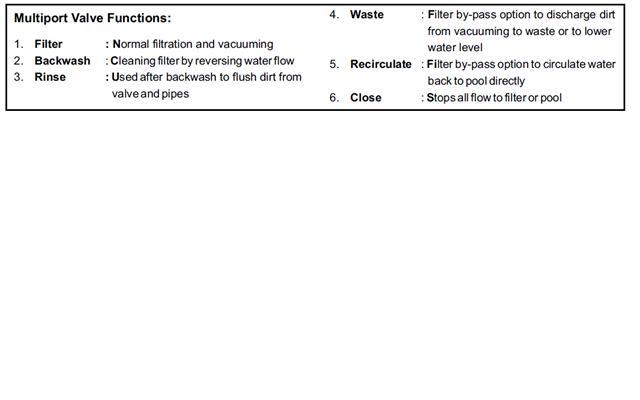 pond trouble
QuestionMe and my husband just bought a home with a pon
pond trouble
QuestionMe and my husband just bought a home with a pon
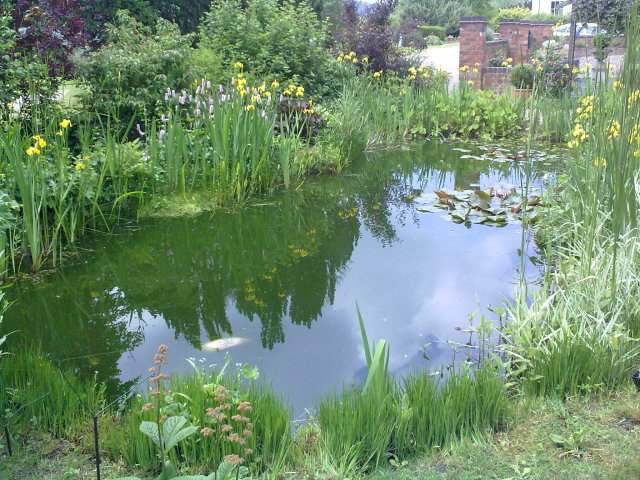 Pond not getting enough air
Question
Pond
Hi,
Ive just had two fish in my pond die
Pond not getting enough air
Question
Pond
Hi,
Ive just had two fish in my pond die
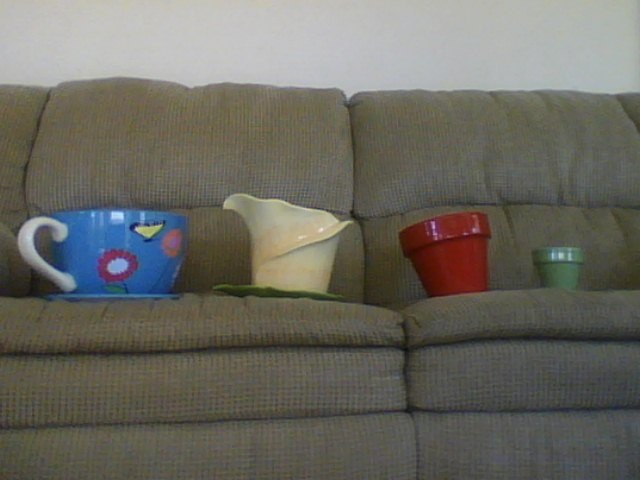 Building a water feature
Question
4 Pots
My mom bought 4 flower pots and
Building a water feature
Question
4 Pots
My mom bought 4 flower pots and
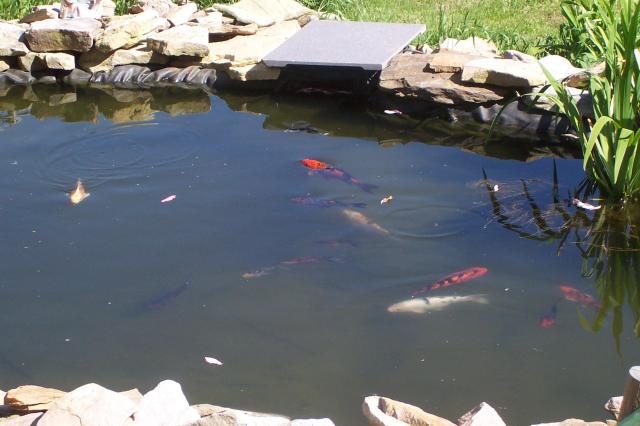 harsh winters
QuestionBefore the Herons
QUESTION: My local Pon
harsh winters
QuestionBefore the Herons
QUESTION: My local Pon
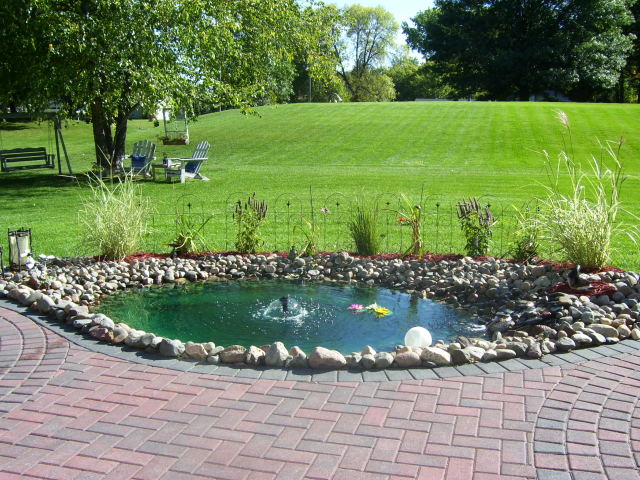 water pooling under liner/no hole in liner
QuestionQUESTION: I recently put in a small pond off of
water pooling under liner/no hole in liner
QuestionQUESTION: I recently put in a small pond off of